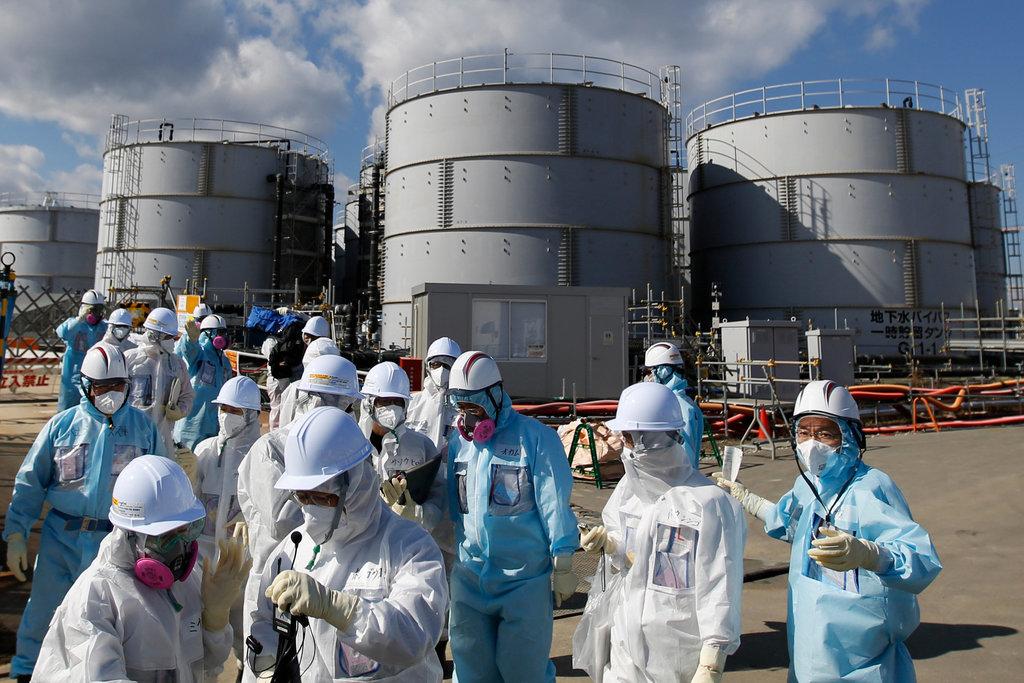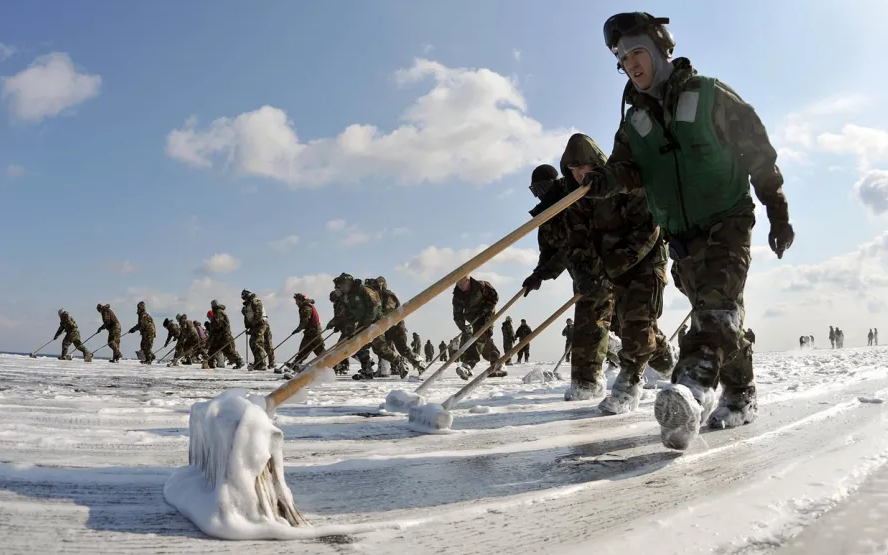Radioactive particles from Japan’s Fukushima Daiichi nuclear power plant have drifted as far north as a remote Alaskan island in the Bering Strait, according to scientists at the University of Alaska in Fairbanks.
Seawater collected last year near St. Lawrence Island contained a slight elevation in levels of cesium-137, a man-made radioactive isotope formed during nuclear fission.
According to Reuters, the levels of cesium found in Alaska are far too low to pose a health hazard – as humans have been “cleared” to consume levels some 3,000-times higher than those found in the Bering Sea, according to the Environmental Protection Agency.
Water was sampled for several years by Eddie Ungott, a resident of Gambell village on the northwestern tip of St. Lawrence Island. The island, though part of the state of Alaska, is physically closer to Russia than to the Alaska mainland, and residents are mostly Siberian Yupik with relatives in Russia.
Fukushima-linked radionuclides have been found as far away as Pacific waters off the U.S. West Coast, British Columbia and in the Gulf of Alaska.
Until the most recent St. Lawrence Island sample was tested by the Woods Hole Oceanographic Institution, the only other known sign of Fukushima radiation in the Bering Sea was detected in 2014 by the National Oceanic and Atmospheric Administration. –Reuters
In 2014, trace-amounts of Fukushima radiation was found in the muscle tissue of fur seals on Alaska’s St. Paul Island in the southern Bering sea, however there was no testing of the water at the time, according to Gay Sheffield, a Sea Grant marine advisory agent based in Nome, Alaska.
Three of the six reactors at the Fukushima Daiichi plant melted down in March 2011 after a 9.0-magnitude quake and subsequent tsunami knocked out the plant’s backup generators, disabling the pumps required to cool the reactors.
Since then, radiation has been detected on the West Coast – including California wine, the coast of Oregon, and bluefin tuna which migrate from waters near Japan to the west coast of California and Mexico.
And while virtually every report on Fukushima fallout on the West Coast notes that ‘the dose is measurable but extremely low’ – it’s hard to predict the long-term effects of even low levels of exposure over a lifetime.
Those who were closer to the disaster, such as several of the first responders on the USS Ronald Reagan, have subsequently been diagnosed with various forms of cancer and other illnesses.
Via The Nation:
For Piekutowski, the lance corporal from the Essex, he didn’t feel particularly sick until over a year after Operation Tomodachi. He was back stateside in the fall of 2012, and felt fatigued and had lost weight, and in November of that year, his ankles swelled up to the size of his calves. “I’m an in-shape and slim guy, and usually have pretty good definition,” he told me. His doctor thought it might be gout, though Piekutowski was skeptical. “I told him, I drink as much as the next 21-year-old, but I don’t drink that much.” Then, on Christmas Day, he lost the sight in his left eye. “That’s when I knew I should probably get to the hospital,” he said.
In the ER, Piekutowski said the doctors seemed to recognize right away what a blood test and bone-marrow biopsy later confirmed: He had leukemia. “They were honestly surprised I was still walking,” he said. Medical staff put him in a gown and rushed him to a bigger hospital.
Piekutowski was diagnosed with acute myelogenous leukemia (AML), an aggressive form of blood cancer most often seen in men over age 65. It is rare to see it in an otherwise healthy 21-year-old. He began treatment in Arizona, where he’d been living, but then moved to Chicago to be closer to his parents and what Piekutowski called “some pretty amazing doctors.”
From Christmas 2012 to Valentine’s Day 2014, Piekutowski figures he spent eight months in hospitals. He first went through a year of chemotherapy, but after four months in remission, his leukemia returned. He had radiation and a stem-cell transplant at the start of 2014, which has so far kept him cancer-free. But Piekutowski is still struggling to rebuild his immune system, and battling stiffness and stomach problems. “I feel like I’m 60,” he said.
via ZeroHedge News https://ift.tt/2I5FJXE Tyler Durden

